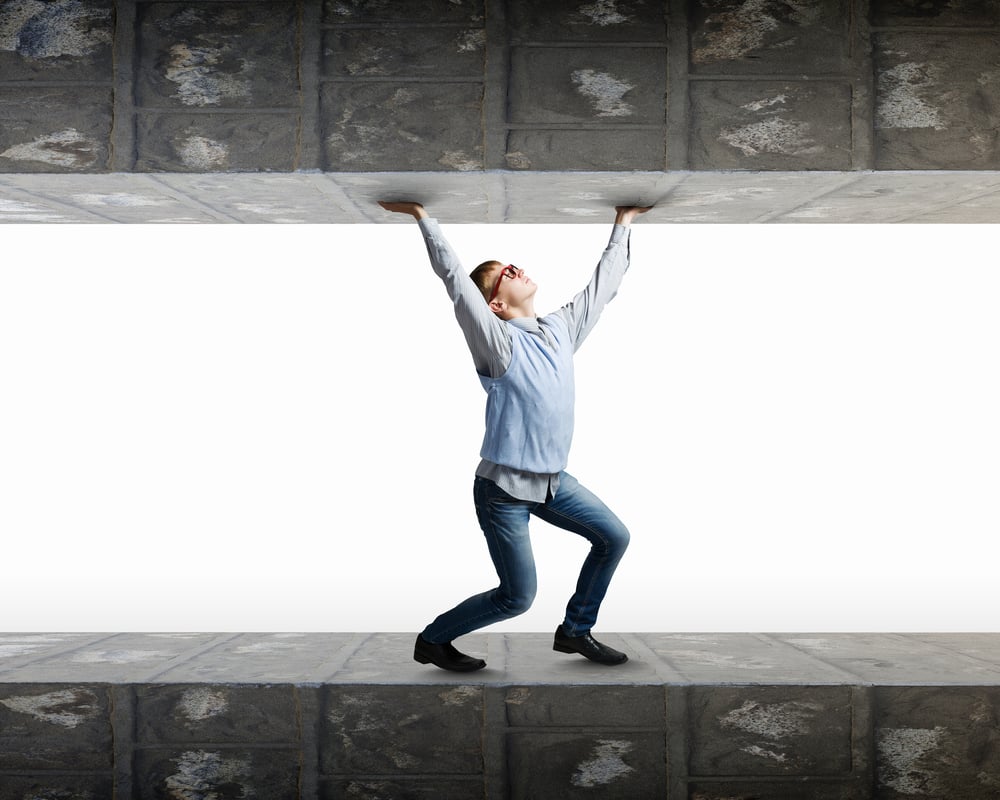An individual can be assessed and diagnosed with scoliosis at any age. Although the majority of consideration is given to children and youth with spinal curvature or deformities. Scoliosis is definable as a lateral curvature of the spine over 10degrees. It is also a three-dimensional deformity of the vertebral column. Some spinal changes are caused by conditions at a very young age or in utero (mainly Structural). Some are caused by lifestyle, injury and aging as seen in older adults (mainly Functional).
Given that, there are two main categories for scoliosis: Structural and Functional (or biomechanical)
Under structural, there are 4 types of causes for scoliosis:
- Idiopathic – where the cause is unknown, this is the most common and found in the following age groups-infantile (less than 3years old), juvenile (3-10 years old), and adolescent (older than 10years old). A condition known as AIS (adolescent idiopathic scoliosis) is often diagnosed in the ages of 10-16years old. The origin is unknown and the effects depend on the severity of the curve, age and type of curvature.
- Congenital – where there is an embryonic malformation which is usually diagnosed very young. Sometimes associated with organ defects and conditions.
- Neuromuscular secondary factors – Nerves that normally support the spinal muscles are negatively affected. Causes are spinal trauma(s), cerebral palsy, muscular dystrophy and spinal bifida.
- Degenerative – may be caused by osteoarthritis in the vertebral joints or degeneration of spinal discs (which separate the vertebrae). Unlike the first 3 types above, this one usually occurs later in life.
Under functional, only 1 type by description:
- In these cases, the scoliosis is not caused by structural abnormalities or conditions. It is considered to be associated with poor biomechanics (abnormal joint angles creating an effect) likely due to lifestyle, ergonomics, prior or acute injury, pain compensation or unknown age-based challenges.

How can you tell?
- Notice an ‘S’ shape curve in the back while standing
- A body tilt in the waistline or beltline
- One shoulder appears higher than the other

- The body curves from one side when viewed from the back or front
- For females, one breast may appear higher than the other
- A head slight tilt to the side from viewing from the back or front
- Elevated hip from a back view while sitting or standing
- Side leaning while sitting without correction ability
Treatments
…if for functional (or biomechanical) where the spinal curvature is not caused by structural abnormalities (the above 4 types), we can affect improvement by the following:
- Personalized and prescribed exercises
- Gentle vertebrae/rib mobilizations and extensions by Manual Osteopathic practitioner (OMP)
- Assisted and self stretches specific to alignment and associated muscles
- Manual Osteopathic treatments for re-alignment causes and neuromuscular patterning
…if for structural (ie. the 4 types listed above). Although most structural scoliosis cannot be fully cured, management and care can be very successful in reducing negative effects such as pain, curve angle, strains on the body and organ effects. Treatments we can effect are:
- Personalized movement and hands on exercise therapy
- Specific stretches for management
- Manual Osteopath treatments (re-distribute the body’s workload throughout the spine away from problem areas to increase body comfort)
- Ease the pressure on the spine
- Bracing and assistive devices
Keeping in connection and gaining proper assessments from professionals regularly is important in the correction of the functional scoliosis, and management of the structural scoliosis for a safe and successful life at any age!
